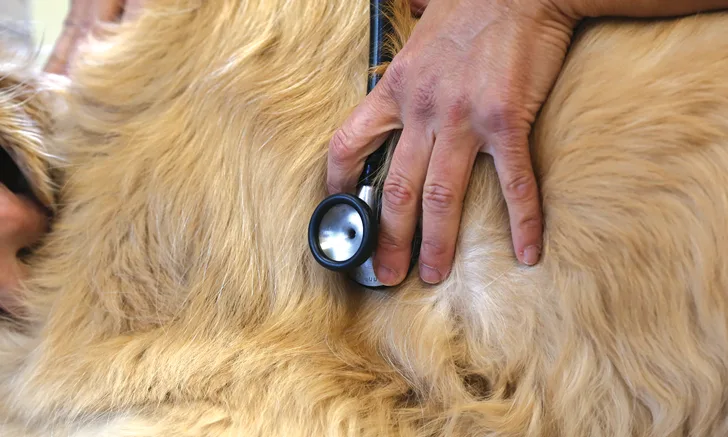ABCDs of Heart Disease in Dogs
Amara H. Estrada, DVM, DACVIM (Cardiology), University of Florida

Preclinical heart disease is the stage at which a patient has evidence of cardiovascular disease but has never shown clinical signs attributable to the disease. Clinical heart disease, or heart failure, is the stage at which the patient has or had clinical signs attributable to heart disease. These signs may be obvious (eg, pulmonary edema) or subtle (eg, exercise intolerance).
A classification scheme for heart disease helps support a logical approach to diagnostic and therapeutic recommendations. Veterinary medicine has adapted a human classification scheme for use in veterinary patients. There are 4 basic stages.
Stage A patients are normal with no clinical signs but are at increased risk for developing or currently having occult heart disease (eg, a 1-year-old Doberman pinscher with a positive genetic mutation). These patients benefit from screening to detect if and when they develop heart disease.
Stage B patients are subdivided into 2 categories. Stage B1 patients have nonclinical heart disease with no evidence of cardiac remodeling. Therapy is not recommended at this stage; emphasis is on follow-up evaluation and client education. Stage B2 patients have nonclinical heart disease with demonstrable cardiac remodeling and/or complex arrhythmias; recognition of this stage is important as beginning therapy at this point has been proven to delay disease progression.
Stage C patients have past or current clinical heart failure with structural disease; all require therapy.
Stage D patients have end-stage heart failure with clinical signs refractory to standard treatment; all require advanced or specialized treatment to remain clinically comfortable.